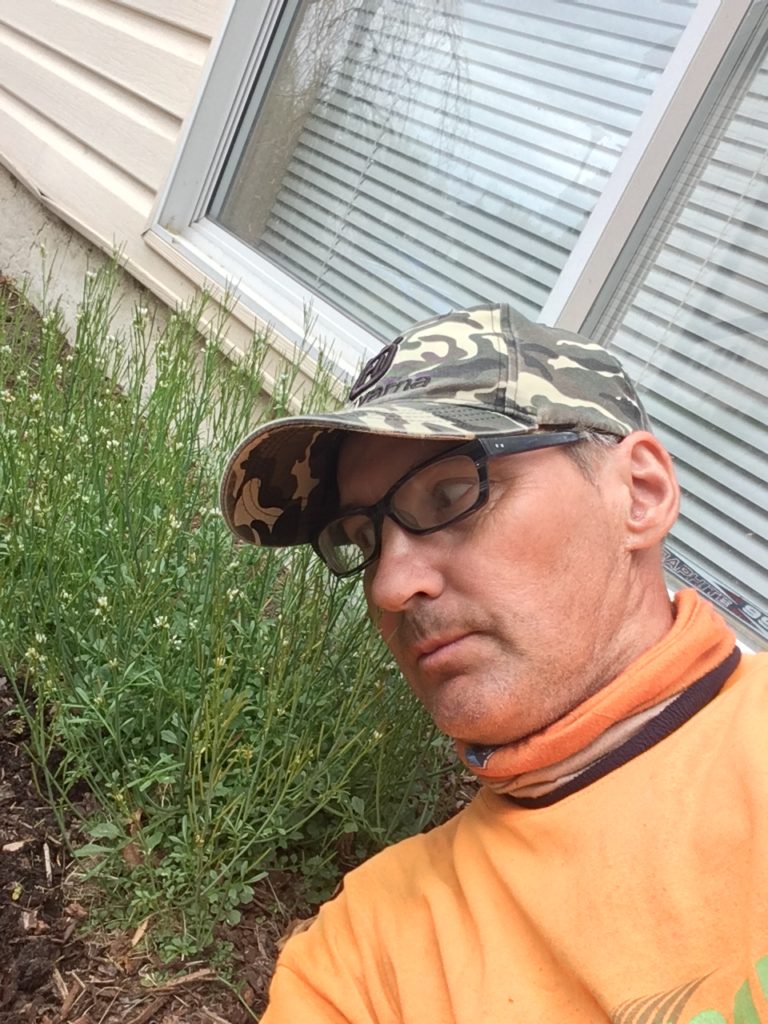Kris McPeak lesson
I’m borrowing the main idea of this blog post from Kris McPeak‘s book “The 9-5 side-hustler”. I like McPeak because she’s a true side-hustler: she has a day-job she likes and she does lots of stuff on the side, like publishing books and producing podcasts.
One warning from McPeak’s book stuck with me. You can’t mix your day-job with your side-hustle. You must maintain clear boundaries. Mixing things up can lead to trouble, as McPeak nicely tells us in her book.
While working at her day-job, McPeak started working on her podcasts. As life got busier, McPeak brought her podcasting equipment into her day-job office so she could work on her podcast during lunch. And for months everything seemed fine to her, until one day, she got called into her supervisor’s office.
Everything seemed fine to McPeak but her co-workers reported her to the boss. Which is why she found herself in the boss’s office answering questions about her podcasting activities. Her co-workers were unhappy with her job performance but, luckily for McPeak, she had a great boss. She didn’t fire her but she drew a clear line. No more podcasting work in the office.
This is the key: give your day-job one hundred percent effort during the day, and give one hundred percent effort to your side-hustle afterhours. Maintain this separation.
Landscape double-dip
The worst example I could find in the landscape industry was from my early days in landscape maintenance. I worked on a small crew in Vancouver, British Columbia, servicing multi-family tower gardens. The foreman would set us up and drive off for long intervals. Now, that would seem weird now in 2023, but back then I was a new apprentice, learning the trade. I had no idea what went on.
I got an explanation months later, when my foreman got a long speech from his managers, not unlike McPeak. This dude had been double-dipping for months. He’d get paid for running our crew (his day-job) and he’d disappear for hours to service his own clients (his side-hustle) on company time! That’s stealing. To this day, I’m shocked that someone would even consider such a thing.
Sadly, I would later run into other double-dipping criminals.
Immigrant story
What happens when the day-job and side-hustle happen to be in the same industry? Well, remember the rule: 100% effort at your day-job and 100% at your side-hustle. But landscape maintenance is a physically demanding job so it’s a bit sketchy.
Enter Sadoon, an immigrant from Syria. As an experienced landscaper he faced the same pressure to make more money. So, he hustled. Except he would allocate more energy to his side projects after work by taking it easy during the day, thus violating our 100% rule mentioned above.
As his manager, I disagreed with his approach. If you hold back during the day so you can manage your side-hustle, you might as well start your own full-time company. Eventually he left the company.
Saint Vas?
Now, I’m no saint, but I understood McPeak’s rule even before I came across her writings. I give it a good go during the day because I like my job and I’m well paid for it. Then, afterhours I do what I can. This can lead to what I called “the dark side of my side-hustle” in another blog post.
For example, I would commit to cutting an overgrown residential lawn afterhours but I would reschedule at the last minute. I didn’t have energy for it. As you can imagine, some clients get upset when their front lawn keeps getting longer and tall weeds start to dominate the lawn.
Or, I would commit to a project and then be held back at work by weak foremen clearly intent on squeezing overtime pay from their boss. This would lead to another awkward rescheduling.

Conclusion
Keep a clear separation between your day-job and your side-hustle if you want to avoid trouble. Give your best effort at work; and then at your side-hustle. It’s that simple.

